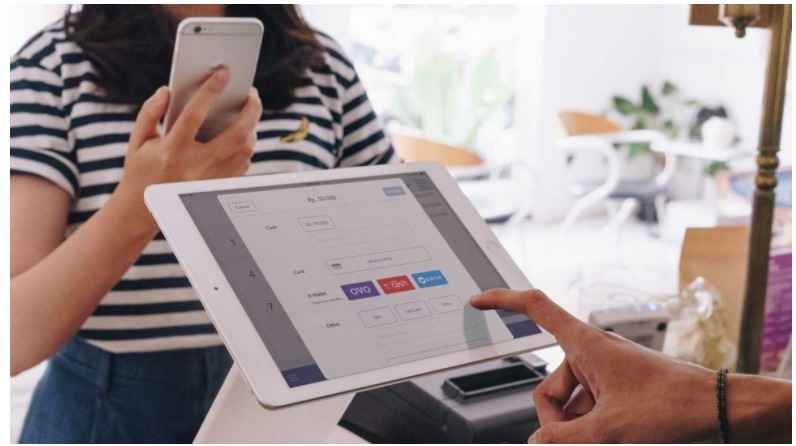Payment integration system involves the process of integrating various payment methods and gateways into a website, application, or online platform to facilitate seamless and secure transactions between buyers and sellers. It enables businesses to accept payments from customers using different payment methods, such as credit cards, debit cards, digital wallets, and online banking.
The key components and features of a payment integration system typically include:
- Payment Gateway
A payment gateway acts as a secure intermediary between the merchant and the financial institution that processes the payment. It securely collects payment information from customers, encrypts it, and transmits it to the payment processor. - Merchant Account
A merchant account is a type of bank account that enables businesses to accept and process payments. It is typically associated with a specific payment gateway or payment processor. - API or SDK
Application Programming Interfaces (APIs) or Software Development Kits (SDKs) are provided by payment gateway providers to facilitate integration with the merchant’s website or application. APIs allow developers to connect their applications with the payment gateway, enabling the transfer of payment data and the initiation of transactions. - Payment Methods
A payment integration system supports multiple payment methods, including credit cards, debit cards, bank transfers, digital wallets (such as PayPal, Apple Pay, Google Pay), and alternative payment methods (such as cryptocurrencies). - Security
Payment integration systems prioritize security to protect sensitive customer information and financial transactions. They utilize encryption technologies, secure data transmission protocols (such as SSL), and adhere to industry standards such as Payment Card Industry Data Security Standard (PCI DSS). - Transaction Management
The system provides tools for managing and tracking transactions, including verifying payment status, generating invoices, issuing refunds, and handling chargebacks. - Recurring Billing
Many payment integration systems offer features for setting up recurring payments or subscriptions, allowing businesses to automatically charge customers at specified intervals. - Reporting and Analytics
The system may provide reporting and analytics features that enable businesses to track payment trends, monitor transaction volumes, and gain insights into customer behavior. - Mobile Compatibility
With the increasing use of mobile devices for online transactions, payment integration systems are designed to be compatible with mobile platforms, allowing customers to make payments through mobile apps or responsive web interfaces. - International Support
Some payment integration systems offer multi-currency support and the ability to process payments from customers located in different countries, complying with relevant regulations and ensuring smooth cross-border transactions.
Overall, a payment integration system streamlines the payment process, enhances user experience, and enables businesses to accept a wide range of payment methods, thereby increasing customer convenience and facilitating revenue generation.

